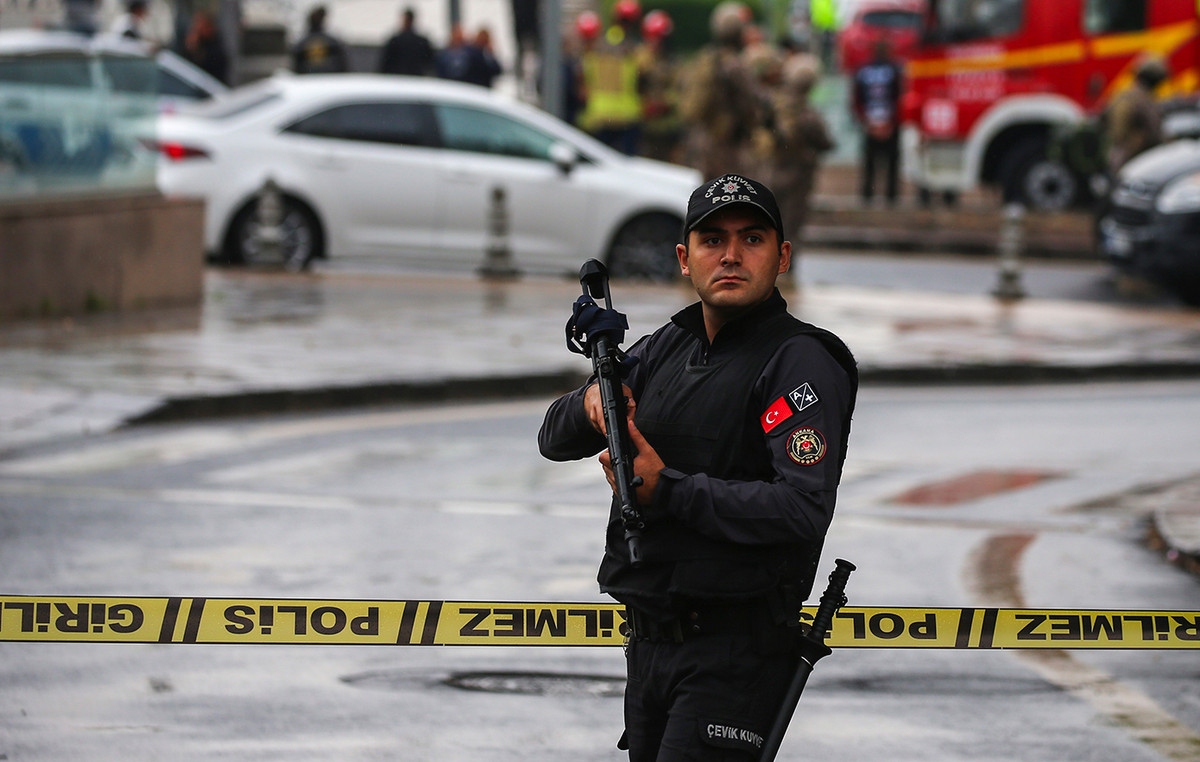On the day that the Petrópolis tragedy completes one month, Greenpeace Brazil organized a protest in front of the Guanabara Palace, seat of Rio de Janeiro’s executive power, in honor of those killed in the catastrophe in the mountainous region of Rio de Janeiro. In addition to remembering the more than 200 victims, the Non-Governmental Organization (NGO) demanded measures from state authorities to prevent further disasters.
In the act, activists used 233 flags and flower wreaths to symbolize each of the deaths caused by the flood, which hit the municipality on February 15th. Each siren represented a victim of the incident. Four victims are still missing. Another 600 remain homeless.
The protest, according to the NGO Greenpeace, is to pressure the governor of Rio, Cláudio Castro (PL), to declare a Climate Emergency and implement the adaptation plan immediately. THE CNN contacted the state government and is awaiting a response.
“The heavy rains in February took 233 lives in Petrópolis, but what happened in the region is an example of the lack of implementation of basic rights and the execution of a climate adaptation plan. These are fundamental actions for the State to anticipate the next catastrophes”, defended the spokesman for Climate and Justice of Greenpeace, Rodrigo Jesus.
The NGO representative argues that there should be more investment in the region’s infrastructure, in addition to a budget for material losses and damages to impacted families.
“We see in Brazil a disregard for the climate agenda. This is not based on political agendas. It is a historical reality of our country. It is not today that we have cases of victims of landslides, floods and flooding”, explains Rodrigo Jesus.
The rain that fell on the imperial city was the worst recorded in 90 years, according to the National Institute of Meteorology (Inmet). In one hour it rained 260 millimeters, the expected amount for the entire month. Since Inmet began measuring precipitation volumes at the site in 1932, Petropolitans had never faced such an aggressive storm.
Source: CNN Brasil







